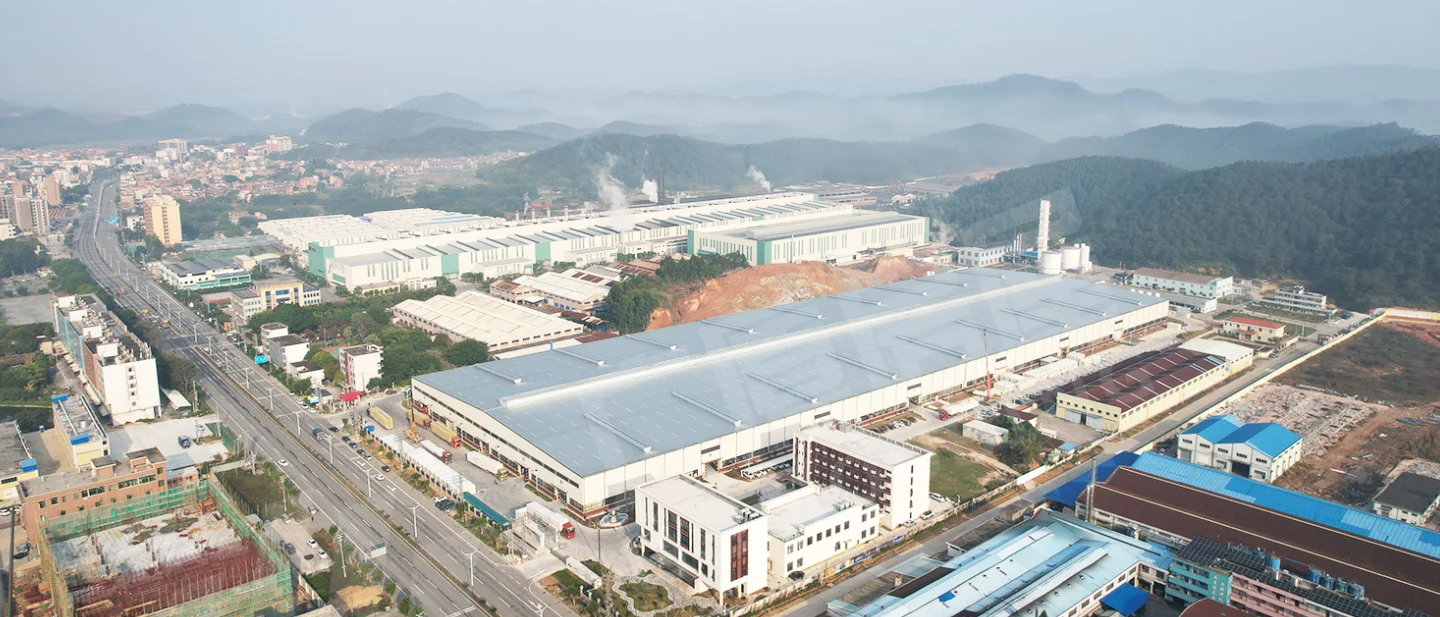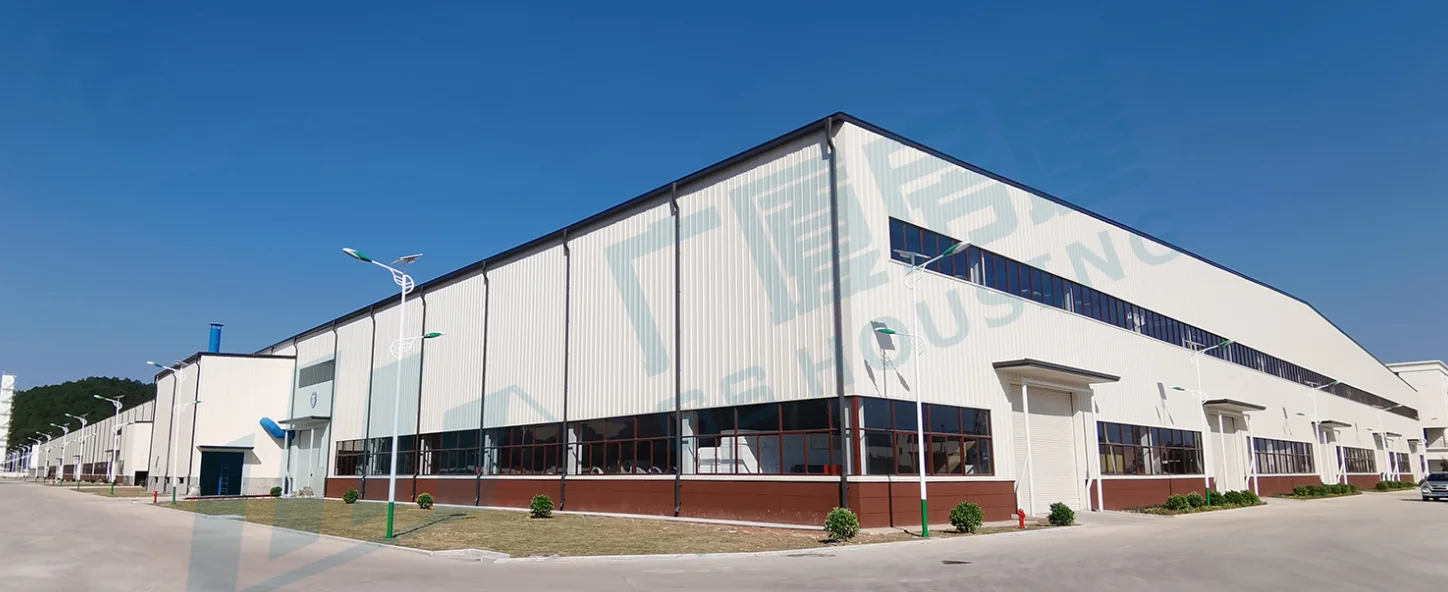Can Container Housing Deliver Safety and Stability for the Homeless
Can Container Housing Deliver Safety and Stability for the Homeless
Walk through any big city and you’ll see it—people sleeping under bridges, in parks, or tucked into doorways. Homelessness is not just a housing issue; it’s also about safety, health, and dignity. Traditional shelters often fall short. They are crowded, sometimes unsafe, and take too long to build. That’s where container housing comes in. Far from rusty boxes, today’s modular houses can bring safety, speed, and a sense of stability.

How Can Container Housing Provide Safety for Homeless People
Durable Steel Frame and Fire-Resistant Materials
Safety starts with the bones of the building. GS Housing uses steel frames for its flat-packed container houses. These aren’t makeshift shacks. They can resist earthquakes and winds strong enough to rip off roofs elsewhere. Fires don’t spread easily either. For people who’ve lived outside, knowing the walls won’t fail in a storm can be life-changing.
Weather Protection and Secure Locking Systems
Ask anyone living on the street—rain is the enemy. Container houses are sealed tight, keeping out water and cold drafts. Each unit comes with a real door and a working lock. It might sound simple, but being able to close a door at night means peace of mind. Add insulated windows and proper roofing, and the rooms stay warmer in winter and cooler in summer.
Health and Privacy Through Insulated Interiors
Most shelters line up dozens of beds in one hall. Privacy doesn’t exist. Container housing breaks this pattern. Smaller rooms, insulated walls, and working ventilation mean cleaner air and fewer illnesses. People also get the rare gift of privacy. For someone rebuilding their life, closing the door for a quiet night’s sleep matters as much as food.
Why Is Speed Critical in Homeless Housing Solutions
Rapid Factory Production and Flat Pack Delivery
GS Housing runs six large factories across China, able to produce about 200,000 container houses each year. The houses are built indoors, so weather doesn’t slow things down. Once finished, they are packed flat for shipping. That saves space and makes transport cheaper.
Quick On-Site Assembly With Minimal Labor
Traditional buildings can take months. These don’t. With preinstalled wires and preembedded pipes at the four corners, the equipment can be installed quickly. Workers just place, connect, and stack. A small community of 20 units can be ready in less than two weeks. That speed is crucial when people are living outdoors in dangerous conditions.
Can Container houses Offer Stability Beyond Temporary Shelter
Expandable Layouts Supporting Long-Term Living
Critics often say container houses are too small. Expandable units change that. What starts as a compact box can unfold into larger rooms with bedrooms. Families can stay not just for weeks but for years if needed.
Modular Flexibility for Community-Scale Housing
Units can be stacked into two or three stories, creating whole neighborhoods. Add walkways, shared courtyards, and some green space, and suddenly it feels less like a camp and more like a real community.
Integrated Utilities for Daily Comfort and Self-Sufficiency
These houses can come with bathrooms, heating, and even solar panels. It’s not just about shelter—it’s about daily life. Having your own shower may seem small, but for people who’ve lost everything, it’s the start of feeling life again.
What Makes Expandable Container Houses Suitable for Homeless Programs
Space Expansion From Compact Unit to Larger Rooms
Expandable designs ship small but open wide on site. Aid groups save money on shipping but still get livable space for families. That balance makes them practical for stretched budgets.
Cost Efficiency Compared to Conventional Construction
Studies show modular housing can be 20%—30% faster to build and up to10%—20% cheaper. Governments and NGOs can stretch their money further and house more people.
Easy Relocation and Reuse for Different Sites
Unlike concrete construction, the company’s design and production facilities are highly centralized, significantly reducing on-site departmental workload. This ensures clean and organized construction modules with systematic processes, effectively minimizing environmental pollution and surrounding impacts. The approach enables modular adaptability, recyclability, and sustainability while achieving lower carbon emissions, lighter weight, and higher efficiency.
How Do Container Housing Projects Support Community Integration
Shared Facilities Such as Restrooms
Container housing isn’t just about small boxes. Shared laundry areas, and bathrooms can be added. This cuts costs and encourages people to connect with neighbors.
Options for Learning Centers and Social Spaces
GS Housing has experience building classrooms and clinics in refugee towns. The same model works for city shelters. A learning space or social hall can turn a group of shelters into a place where people rebuild skills and confidence.
Adaptability for Urban and Rural Locations
These houses fit almost anywhere. They can be trucked into crowded cities or shipped to remote areas. That flexibility means they’re useful for both urban projects and rural recovery programs.
What Challenges Exist in Using Container Housing for Homelessness
Funding and Policy Alignment With Local Governments
Good designs don’t mean much without funding. Projects need policy backing and clear budgets. Governments, aid groups, and private partners must work together to make them real.
Addressing Social Acceptance and Design Aesthetics
Neighbors sometimes push back, fearing container houses will look like slums. Design helps solve this. Adding colorful panels, balconies, or greenery can make the housing feel like part of the neighborhood.

Balancing Temporary Relief With Permanent Housing Goals
Container housing is a bridge, not the final stop. It gives people a safe roof now, serving as a temporary solution while cities continue to invest in long-term affordable apartments.
Why Should NGOs and Governments Partner With GS Housing
Proven Track Record in Emergency and Refugee Housing
GS Housing has built housing for refugee towns in the Middle East, mining camps in Mongolia, and emergency shelters in China, all delivered on tight timelines to meet urgent needs. Their portfolio shows they know how to scale up quickly.
Reliable Supply Chain With Six Manufacturing Bases
Six factories across China mean consistent quality and steady supply. Even when global supply chains struggle, GS Housing can still deliver.
Commitment to Quality, Sustainability, and Human-Centered Design
GS Housing uses recyclable steel, fireproof insulation, and energy-saving designs. They don’t just build quickly—they build responsibly, keeping both people and the planet in mind.
FAQ
Q1: How long do GS Housing container houses last?
A: With steel frames and non-combustible walls, these houses last over 20 years. They work as both temporary and semi-permanent solutions.
Q2: Can container houses be customized for cultural needs?
A: Yes. GS Housing has built schools, mosques, and community halls. Layouts can be changed to match local culture or social programs.
Q3: Are container houses eco-friendly?
A: Compared with traditional building, modular housing reduces waste by up to 70% and cuts water and energy use. Solar panels and rainwater systems can also be added.



